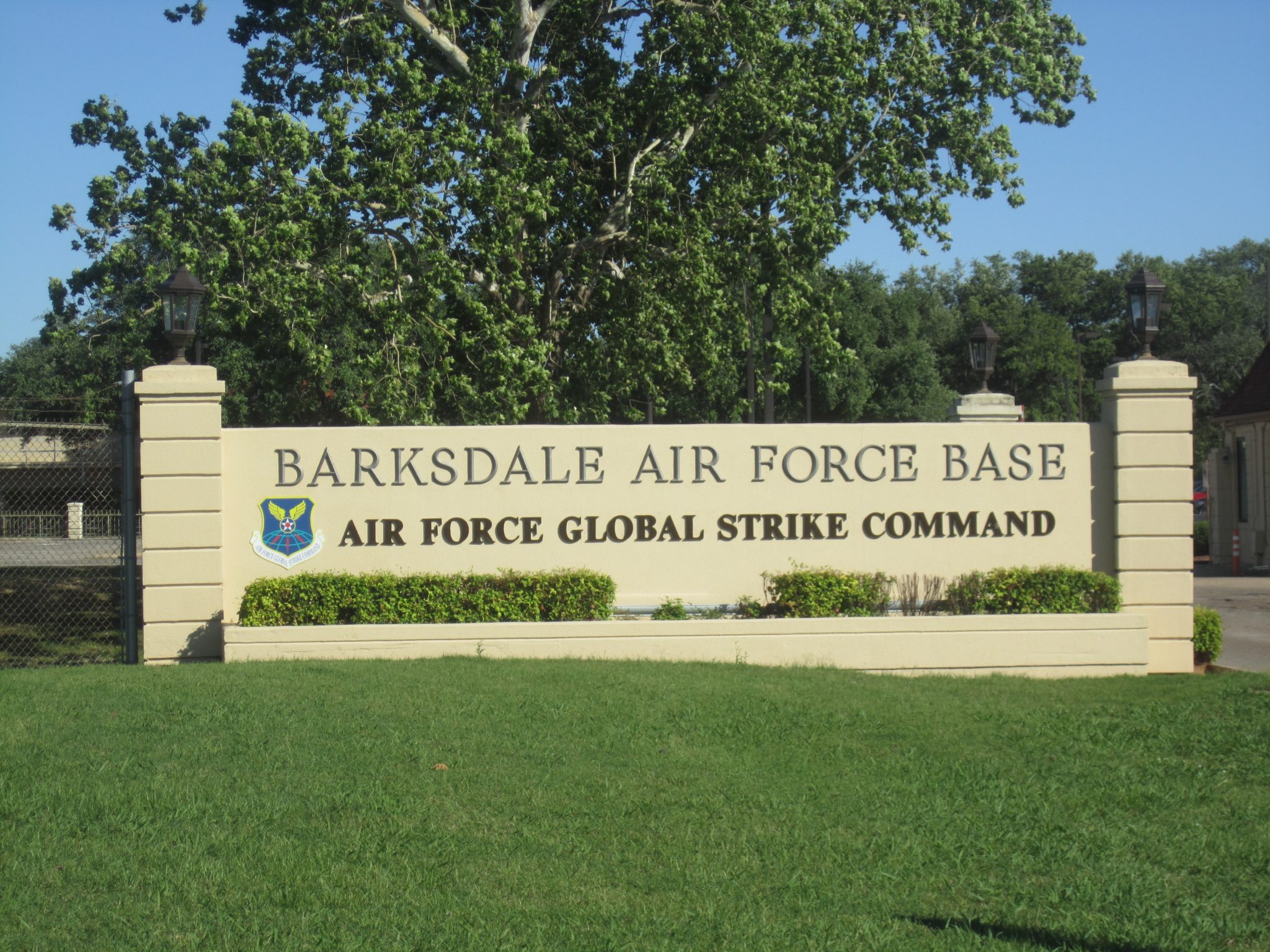260
Finally, the promises of Interstate 220 relieving the traffic and security concerns of Barksdale Air Force Base and of responsible Bossier governmental spending both seem realistic.
When built decades ago, I-220 intentionally created a work in pro
BAFB interchange is a good thing
previous post



